2022-07-03
Gymnocalycium Mihanovichii Black │ Iceland Photo Gallery
Documenting Iceland
by: Rafn Sig,-
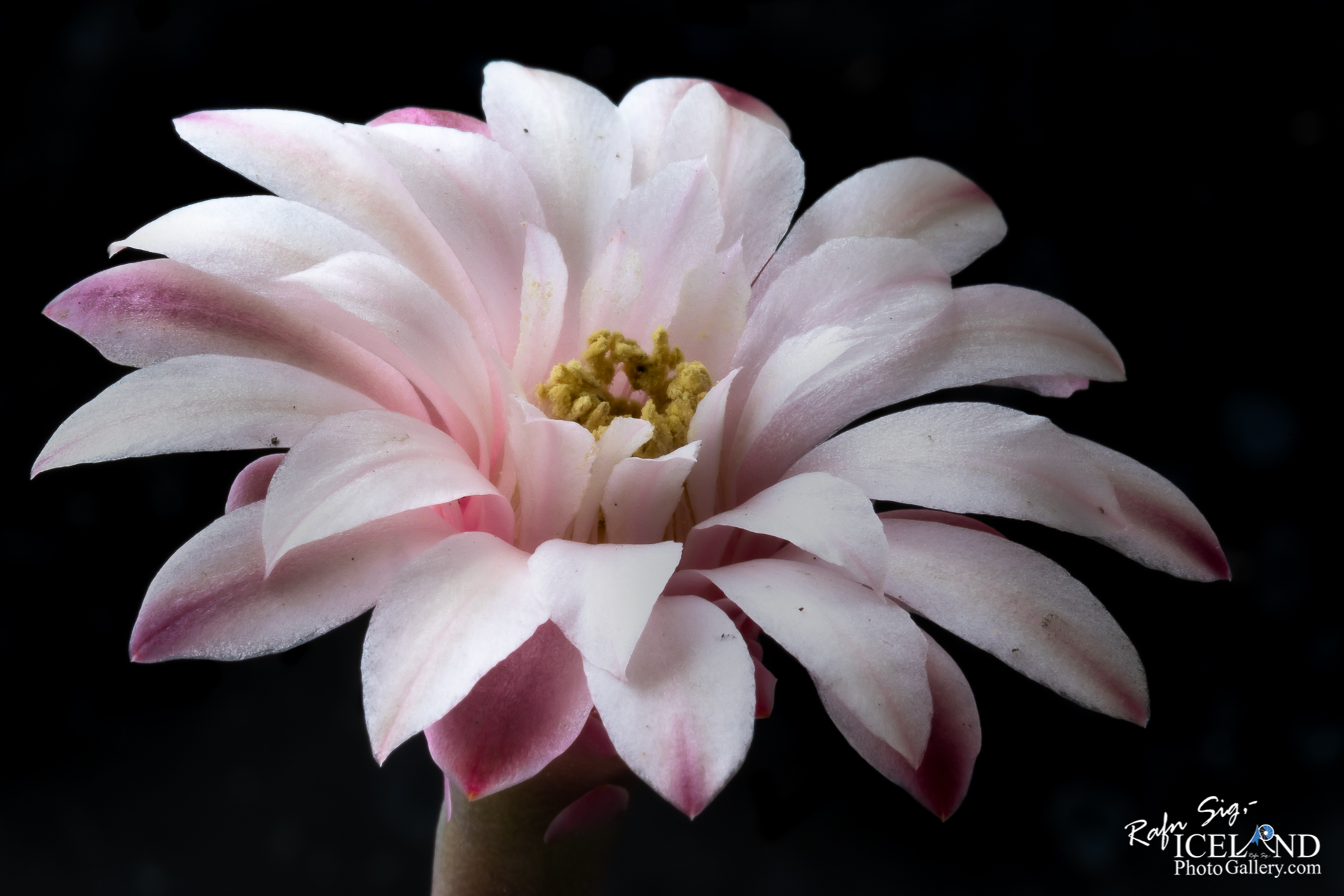
Gymnocalycium mihanovichii er kaktustegund frá Suður-Ameríku. Vinsælustu afbrigðin eru fjölbreytt stökkbrigði sem skortir algjörlega blaðgrænu og afhjúpar rauðu, appelsínugulu eða gulu litarefnin. Þessir stökkbreyttu stofnar eru oft græddir á hylocereus kaktusinn og sameinaða plantan er kölluð „tunglakaktus“. Tunglkaktusar eru almennt ræktaðir sem húsplöntur og eru einnig þekktir sem Ruby Ball, Red Cap, Red Hibotan eða Hibotan kaktusar.
Gymnocalycium mihanovichii vex í allt að 500 metra hæð í Paragvæ og norðaustur Argentínu. Tegundin var uppgötvað þar árið 1903 af Alberto Vojtěch Frič.
Fyrsta lýsingin á Echinocactus mihanovichii var gefin út árið 1905 af Robert Louis August Maximilian Gürke. Nathaniel Lord Britton og Joseph Nelson Rose sem settu það í ættkvíslina Gymnocalycium árið 1922.
Gymnocalycium mihanovichii er mjög breytileg og því hefur fjölmörgum afbrigðum verið lýst. Oft finnast í ræktun stökkbrigði af ræktuðum einstaklingum – litaform sem eru aðeins lífvænleg þegar þau eru ígrædd þar sem þau geta varla samlagast – vegna skorts á blaðgrænu í plöntufrumunum. Í gróðrarstöðvum er þau oft grædd á aðra safaríka plöntu Hylocereus. Vinsælustu yrkin eru stökkbrigði sem innihalda alls ekki blaðgrænu, þannig að undirliggjandi rauð, appelsínugul eða gul litarefni verða sýnileg. Vegna þess að blaðgræna er nauðsynlegt fyrir ljóstillífun, deyja þessi stökkbrigði sem plöntur nema þau séu grædd á annan kaktus með eðlilegu blaðgrænu
Gymnocalycium mihanovichii is a species of cactus from South America. The most popular cultivars are varied mutants which completely lack chlorophyll, exposing the red, orange, or yellow pigmentation. These mutant strains are often grafted onto the hylocereus cactus, and the combined plant is called a “Moon Cactus”. Moon cacti are commonly grown as houseplants and are also known as Ruby Ball, Red Cap, Red Hibotan, or Hibotan cacti.
Gymnocalycium mihanovichii is found growing at lower elevations up to 500 meters in Paraguay and northeast Argentina. The species was discovered there in 1903 by Alberto Vojtěch Frič.
The first description of Echinocactus mihanovichii was published in 1905 by Robert Louis August Maximilian Gürke. Nathaniel Lord Britton and Joseph Nelson Rose placed it in the genus Gymnocalycium in 1922.[8]
Gymnocalycium mihanovichii is very variable, therefore numerous varieties have been described. Frequently found in culture are mutants of cultivated individuals—color forms that are viable only when grafted since they can hardly assimilate—due to the lack of chlorophyll in the plant cells. In nurseries, it is often then grafted onto another succulent plant Hylocereus. The most popular cultivars are mutants that do not contain chlorophyll at all, so that the underlying red, orange, or yellow pigments become visible. Because chlorophyll is necessary for photosynthesis, these mutants die as seedlings unless grafted onto another cactus with normal chlorophyll
. . . All info at: https://www.patreon.com/RafnSig
Subscribe to my Youtube Channel
You can buy this and other photos at my Icelandic Stock Photo Web: IcelandStockPhotos.com
Viltu styrkja þessa síðu?
Vefsíðan Iceland Photo Gallery er unnin í sjálfboðavinnu. Ef þú hefur áhuga á að styrkja þetta framtak til áframhaldandi uppbyggingar er hægt að leggja inn á:
Reikningsnr.: 0101-26-013169
Kennitala: 310155-4469


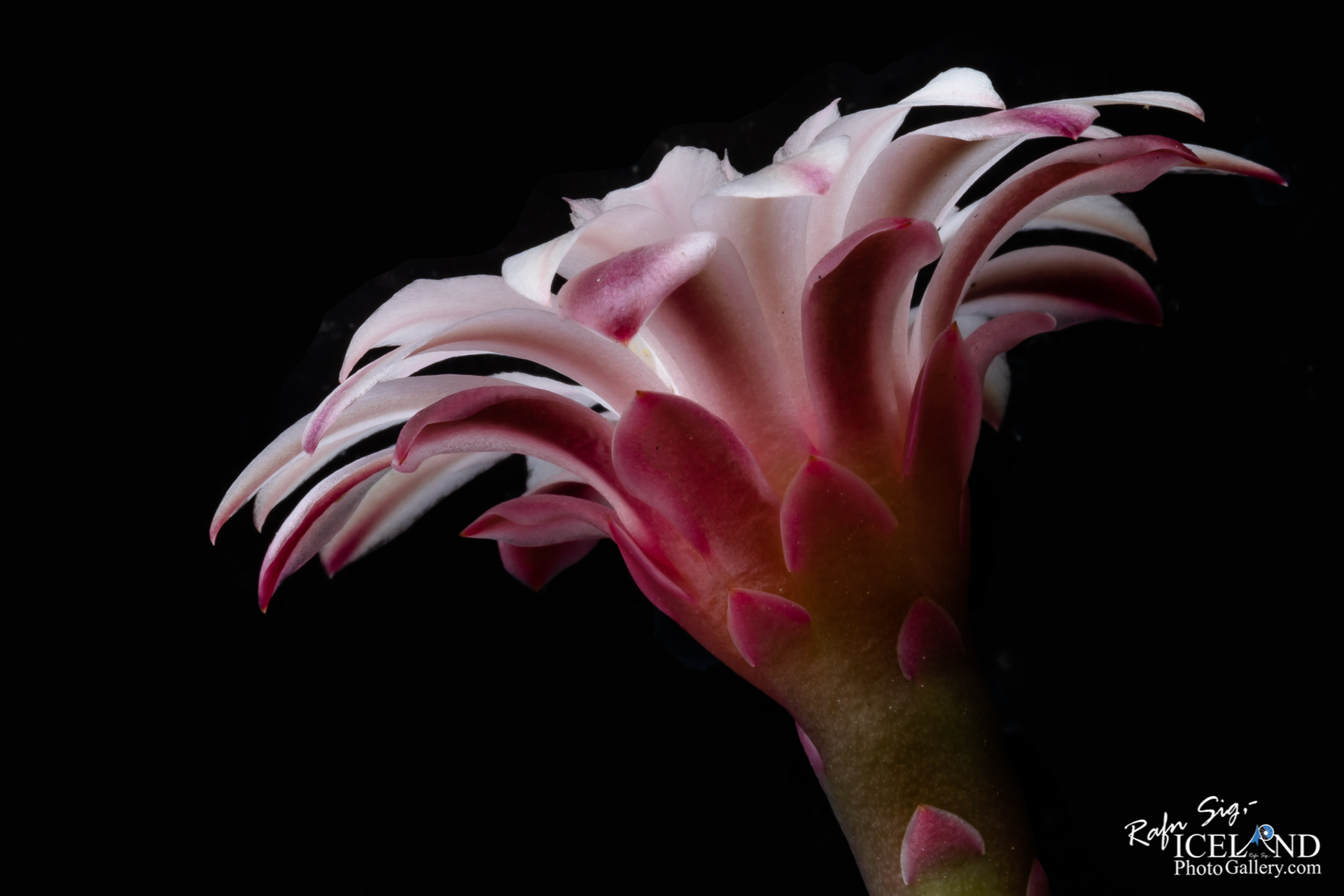

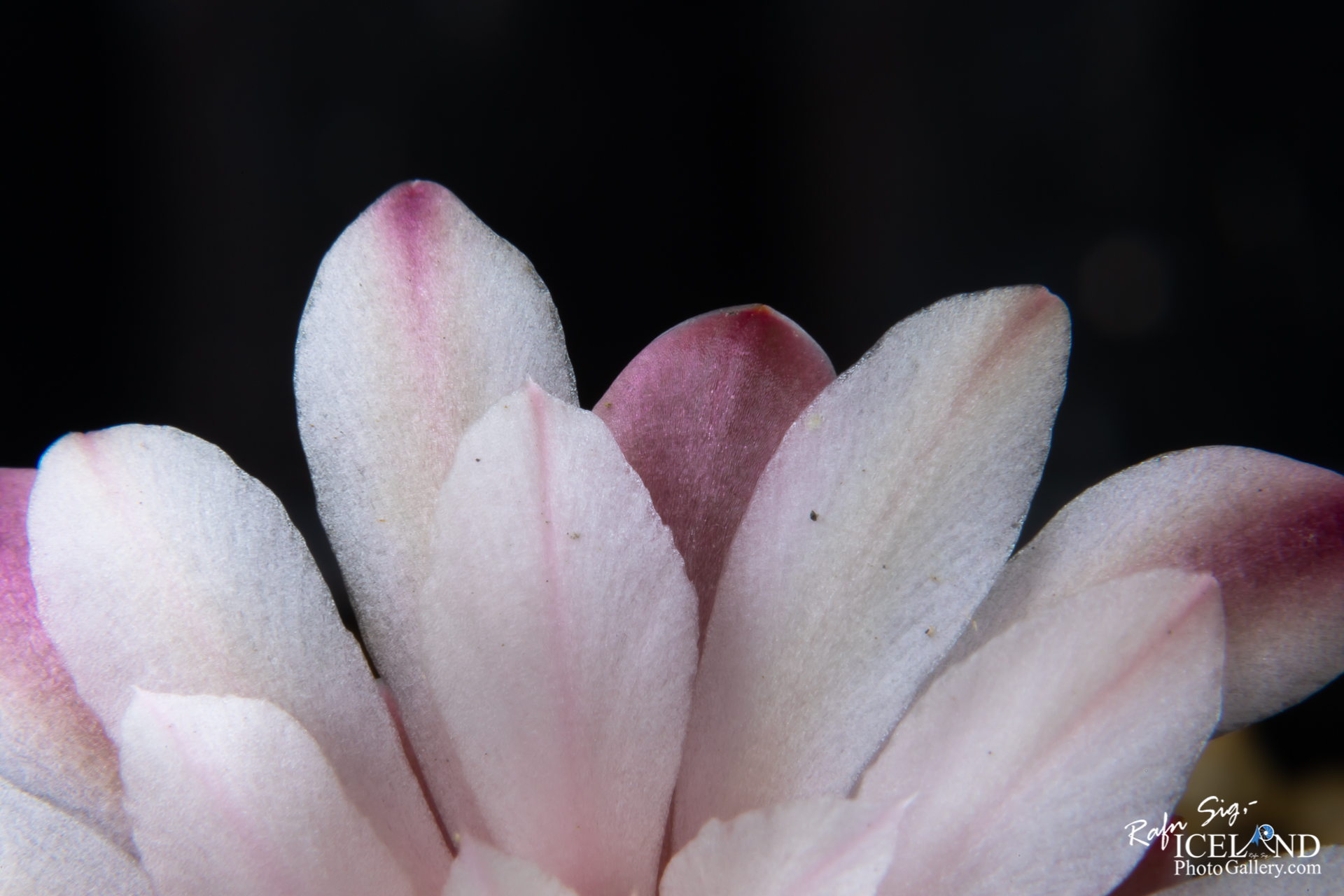
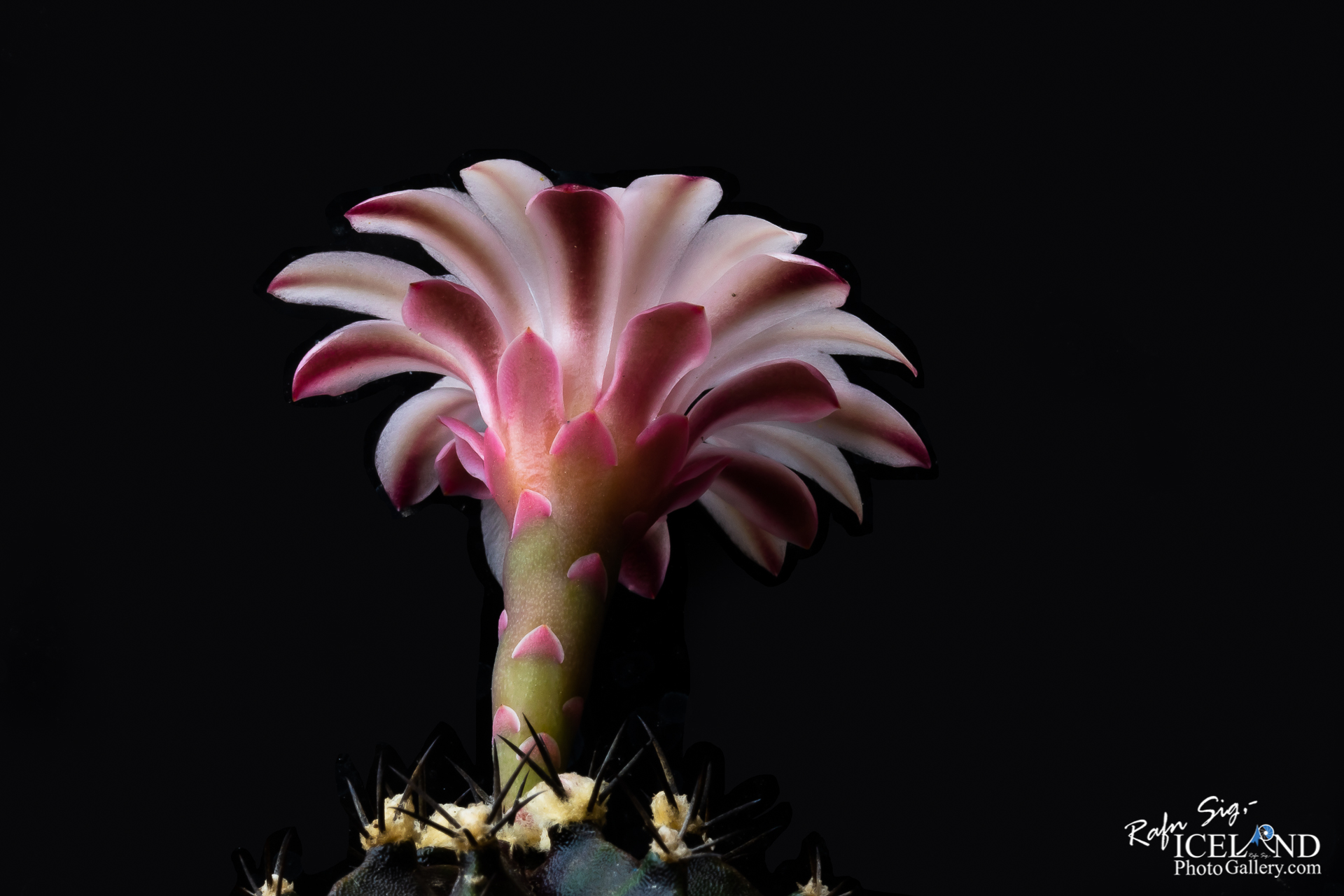
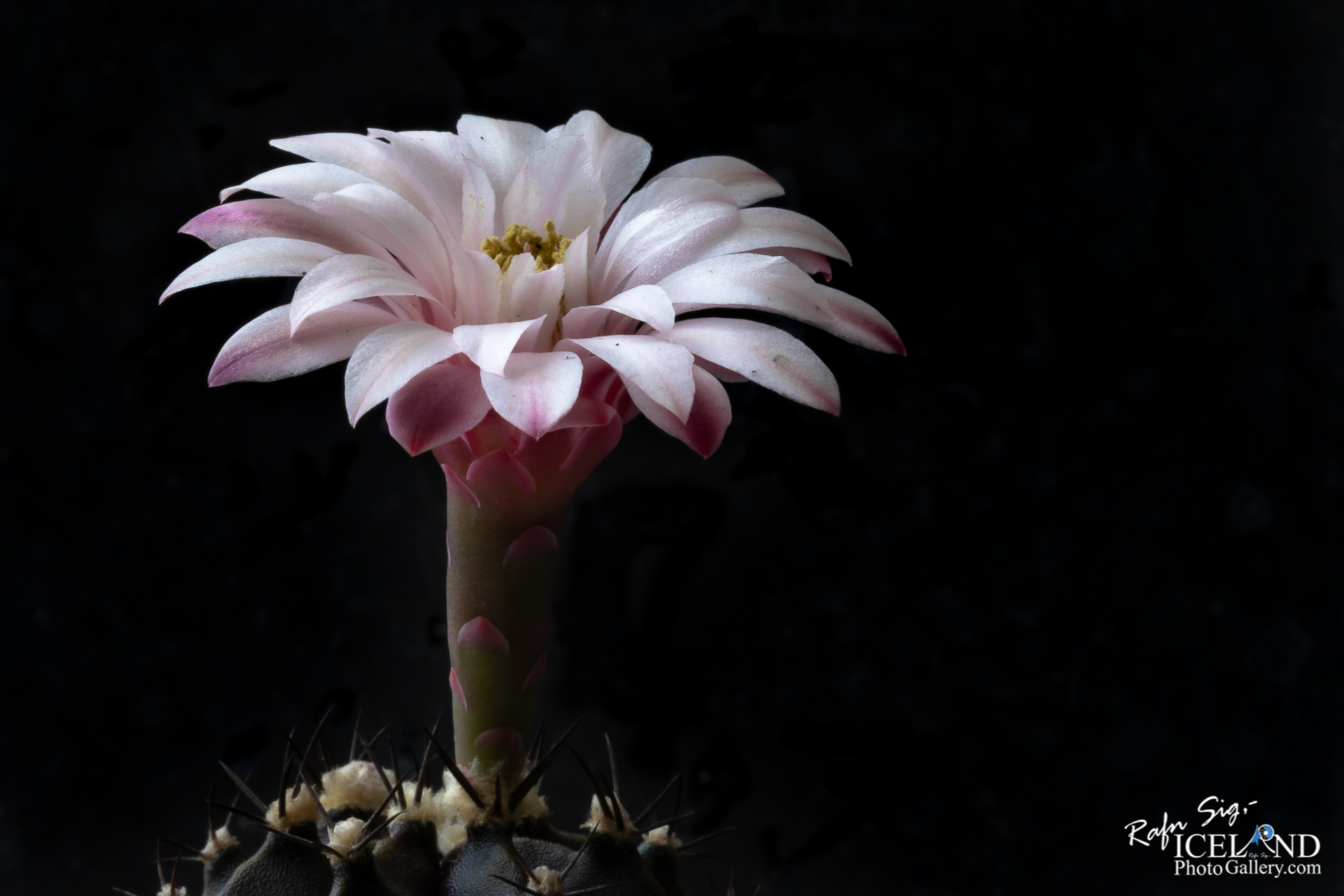
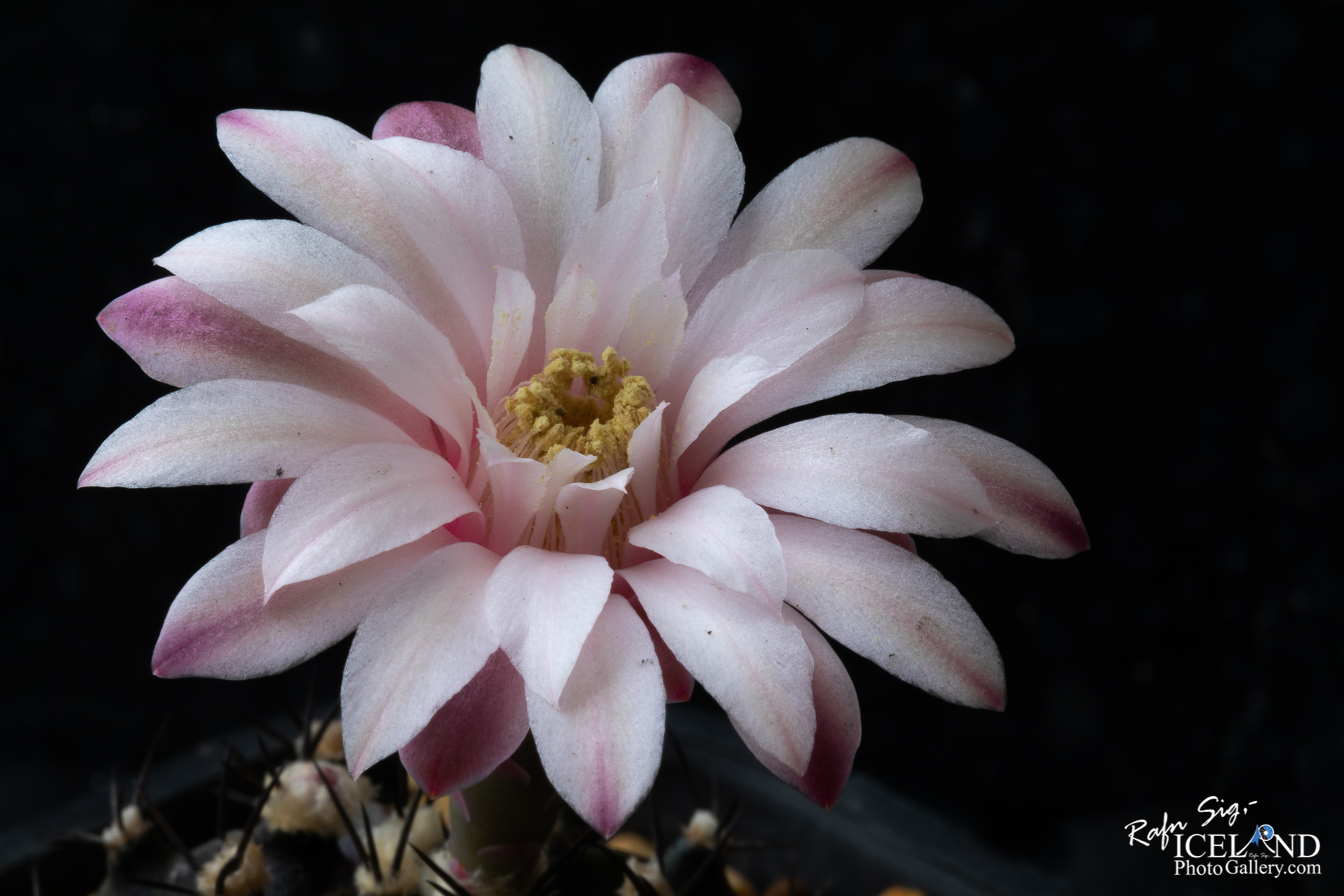




0 Comments